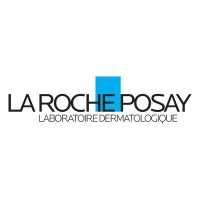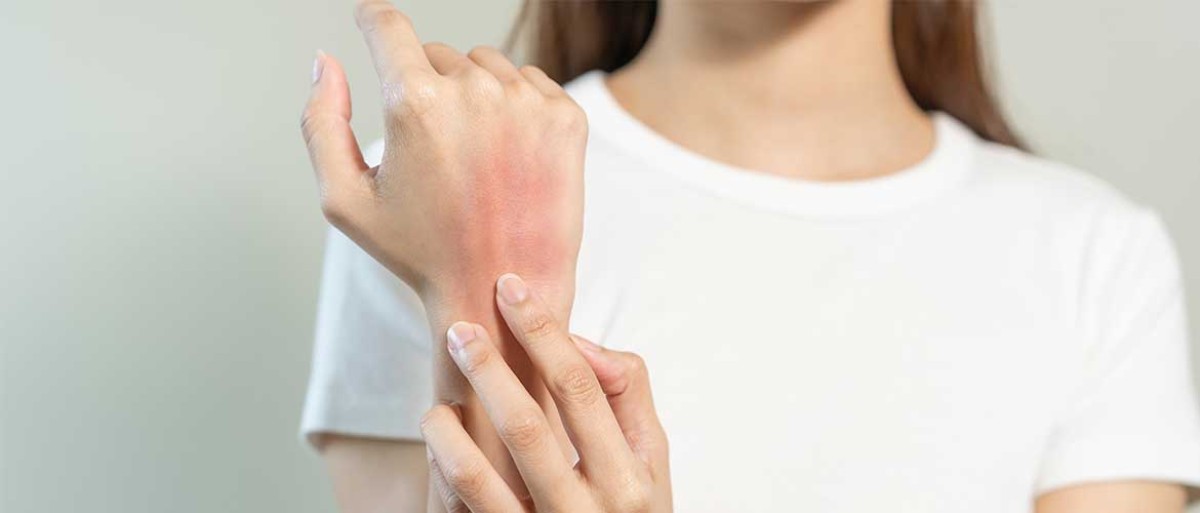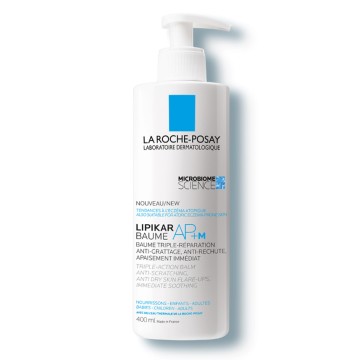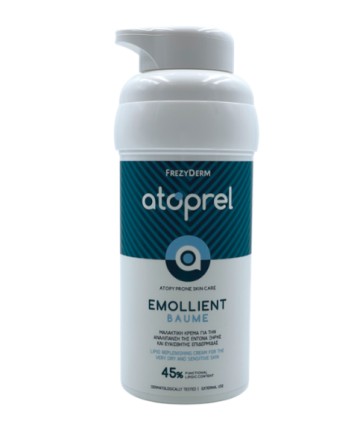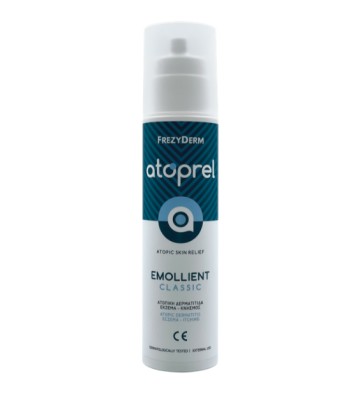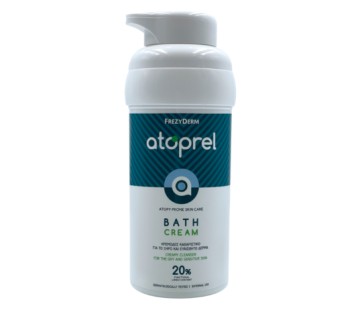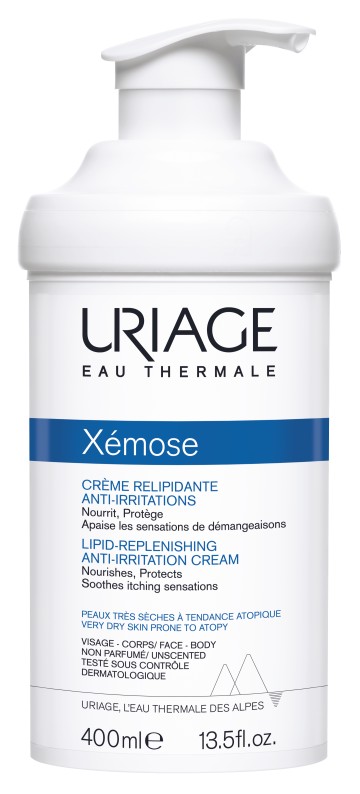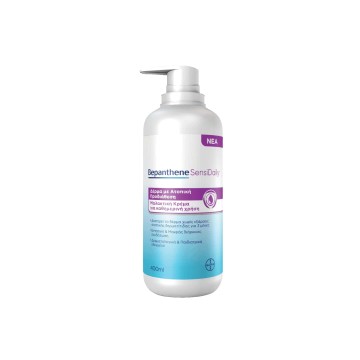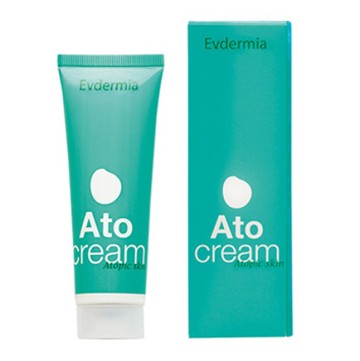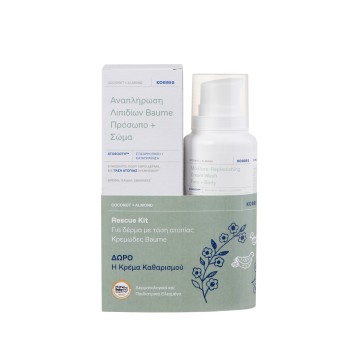Η
αlocal dermatitis is a chronic, inflammatory
skin condition, which causes disruption in the lives of sufferers, degrading their quality of life. Let's examine them
causes, symptoms and effective treatment methods for this condition.
What is atopic dermatitis?
Η
atopic dermatitis, also known as eczema, is a common condition that causes the skin to become
very dry, and at the same time provokes
itch and
inflammation. This is more common in children, but adults can also experience it. Although eczema can be uncomfortable, it is not contagious from person to person.
Those with eczema may be more prone to food allergies and asthma. A good skin care routine that includes frequent
hydration, can help reduce symptoms and prevent new flare-ups. In some cases, it may be necessary to use special creams or ointments.
Symptoms of Atopic Dermatitis
Η
atopic dermatitis manifests itself in variety
symptoms, which can appear in different areas of the body. The most common
symptoms include:
- Dry, cracked skin
- Itching
- Rash on swollen skin
- Small, raised bumps on brown or black skin
- Sensitive skin from scratching
Η
atopic dermatitis often begins before age 5 and may continue into adolescence and adulthood. For some people, it flares up and then clears up for a while, even for several years.
Η
diagnosis of
atopic dermatitis based mainly on their clinical picture
symptoms. Furthermore,
The doctors may consider the patient's family history, as well as the
history of his allergies.
Causes of Atopic Dermatitis
In some people, this condition is related to a gene that doesn't work properly, making the skin unable to protect itself adequately. This means that the skin cannot retain moisture well or protect itself from bacteria and other irritants, such as smoke.
Also, in other people, atopic dermatitis can be caused by an overgrowth of the bacteria '
Staphylococcus golden (Staphylococcus aureus)' on the skin, which in turn can cause skin protection problems.
When the skin barrier does not work properly, it can lead to a reaction
immune system, causing inflammation and other symptoms of atopic dermatitis.
Η
atopic dermatitis is just one of many types of dermatitis, with other common types being a
contact dermatitis and
seborrheic dermatitis (also known as dandruff). It is important to remember that dermatitis is not contagious.
The
cause which cause it
atopic dermatitis are not fully understood. However, science has identified a combination of factors that may contribute to its occurrence, including:
- Genetic predisposition: Those with a family history of the disease are more likely to develop it.
- Immune factors: People suffering from this condition have a more sensitive immune system, which reacts more strongly to environmental factors.
- Disturbed function of the skin barrier: The skin cannot retain moisture, leading to dryness and creating an environment conducive to it bacterial and fungal growth.
- Environmental factors: Climate, chemicals, pollution and allergens can cause or worsen atopic dermatitis.
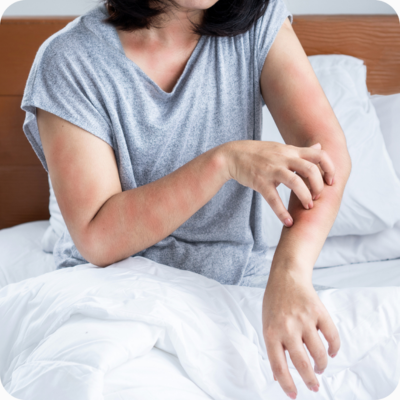
Treatments for Atopic Dermatitis
Η
treatment of
atopic dermatitis aims to minimize symptoms and improve the patient's quality of life. Includes:
- Phototherapy: Phototherapy, which uses specific frequencies of light, can help relieve the symptoms of atopic dermatitis in some patients.
- Medication: Antibiotics, antihistamines, and topical corticosteroids are commonly prescribed medications to treat atopic dermatitis.
- Moisturizing the skin: Emollients can help hydrate the skin, reducing dryness and itching.
Prevention of Atopic Dermatitis
To keep your skin healthy and prevent eczema flare-ups, follow these simple tips:
- Moisturizing the skin: Use products such as creams, ointments, shea butter, or lotions to lock moisture into the skin. Choose products that suit you, preferring those that are safe, effective, economical, and fragrance-free.
- Vaseline: For babies, petroleum jelly can prevent atopic dermatitis.
- Short shower: Bathe or shower daily using warm water, not hot, and limit the duration to 10 minutes.
- Safe products: Use gentle soap-free cleanser, selecting products without dyes, alcohol and fragrance. For young children, warm water alone is usually sufficient without the use of soap or bubble bath, as these can be irritating.
- Avoid rubbing the skin: After bathing, dry your skin dab with a soft towel.
- Moisturizing cream: Apply immediately after bathing, while the skin is still damp, for better hydration.
Each person with atopic dermatitis is affected by different things. The important thing is to find what bothers you and avoid it. A good tip is to stay away from anything that makes you itchy, because scratching can make the symptoms worse.
The
common factors that cause atopic dermatitis include:
- Pollen
- Dry skin
- Stress
- Dust mites
- Thick woolen fabric
- Perfumes
- Heat and sweat
- Cold and dry air
- Skin infection
- Cleaning products
- Pet hair
- Other chemical irritants
Η
atopic dermatitis is a chronic skin condition characterized by dryness, irritation, and itching, affecting people differently. Identifying and avoiding the irritants that trigger symptoms is critical to managing the condition. With proper care and precautions, sufferers can significantly improve their quality of life by reducing the frequency and intensity of flare-ups. It is important to consult health professionals for personalized advice and treatments.
Find on
wecare.gr all products for the treatment and prevention of atopic dermatitis
Sources:
1)
Atopic dermatitis (eczema)2)
Atopic Dermatitis - Symptoms & Causes3)
Treating atopic eczema4)
What is atopic dermatitis?5)
Eczema (atopic dermatitis) 






